ZAUF: Types of Firearms
Now that there’s enough information to know how to read and have a basic understanding of caliber, let us move on to the firearms themselves. On the whole, firearms are split between handguns and long guns. The names themselves are fairly self-explanatory; handguns are designed to be fired in one or both hands and are generally much smaller and shorter than long arms. On the other hand, long arms are designed to be held in both hands and braced against the shoulder when fired.
Now for something slightly more technical – handguns are subdivided into two different categories: pistols and revolvers. The term ‘pistol’ implies that the chamber is integral with the barrel, meaning the term covers most modern semiautomatic handguns. Revolvers in contrast have a revolving cylinder (hence the name) which contains multiple chambers and at least one barrel for firing them. While there are other odd firearms that have been made throughout history such as revolvers with multiple barrels and multiple cylinders, they are almost completely irrelevant in a modern discussion.
The major split of long guns in the parlance of small arms (because this series won’t be talking about artillery) is between rifles and shotguns. Rifles are defined by as well as named after their rifling: lands and grooves on the inside of the barrel which impart a spin onto the bullet as it travels through. This spin (much like on an American football) gives the bullet increased stability in flight, granting an increased effective range.
Shotguns are defined by two things: the ability to fire shot shells and their smooth bore. Unlike rifles, the bore of a shotgun is generally unrifled. This is because the behavior of shot shells is unlike that of other single bullet cartridges, and rifling would have no effect on these projectiles. Shotguns have what is called a choke (either fixed into the end of the barrel or swappable) that controls the spread of the pellets as they leave the barrel.
As always, there are exceptions and combinations to these general definitions. For example, some shotguns have a revolving mechanism to hold shot shells and are technically a revolver shotgun. There are also smaller subcategories and middling firearms classified in such categories as carbines or submachine guns which are even more refined divisions of the above general categories.
